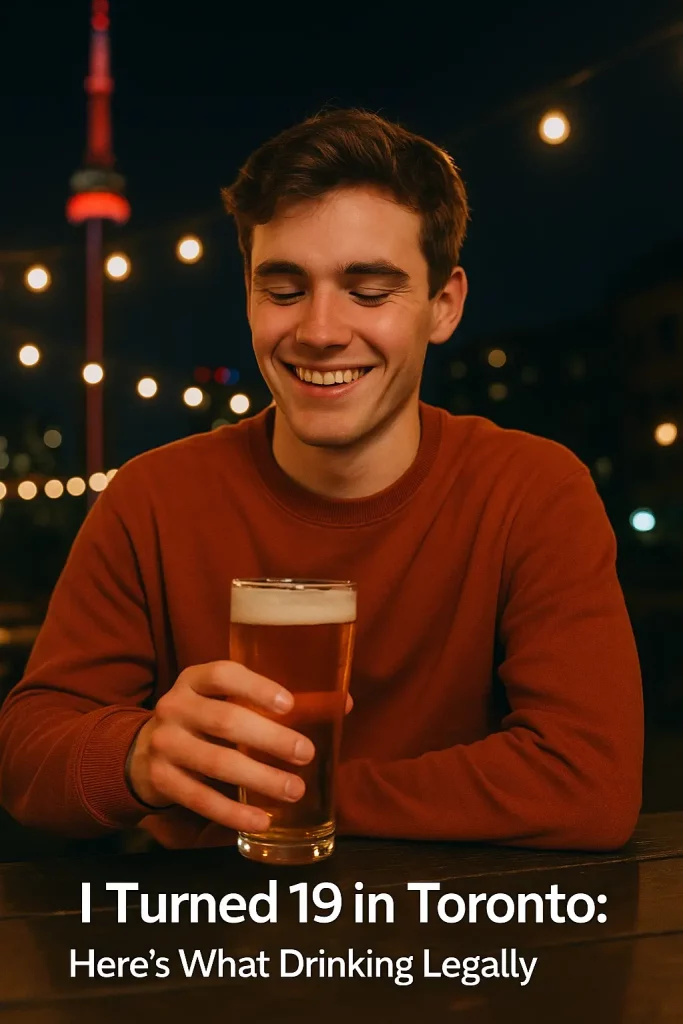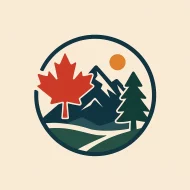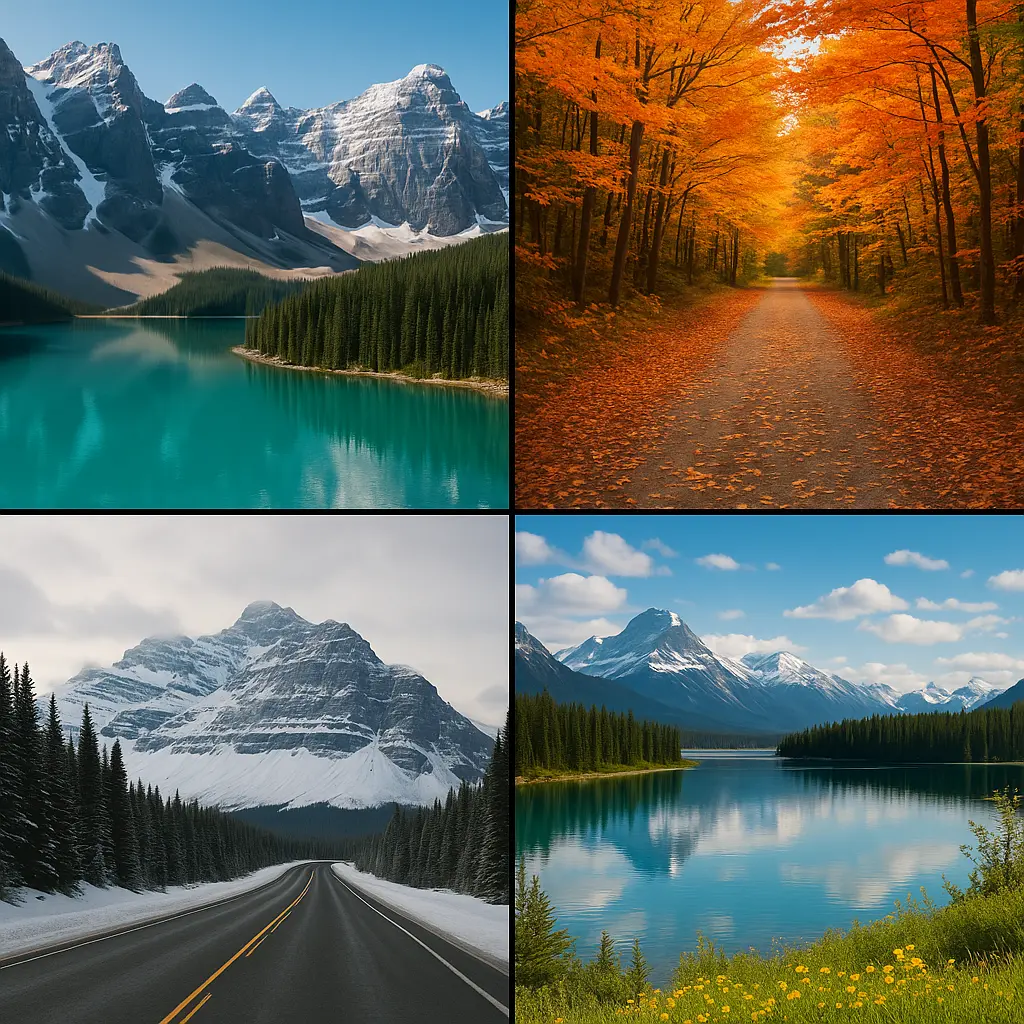
I live in Toronto. I turned 19 here. And you know what? I felt grown up and confused at the same time.
If you're curious about every awkward detail of that milestone night, I broke it all down in this blow-by-blow recap.
Let me explain.
The Age Thing, Plain and Simple
- In Toronto (that’s Ontario), the drinking age is 19.
- In Quebec, just a short train ride away, it’s 18.
- Lots of folks from the U.S. visit. They’re used to 21. So they get tripped up.
For a quick cross-Canada rundown of who can drink where, this handy guide lays it all out in plain English.
I’ve watched tourists argue with bouncers. It never works. The rule is the rule.
My First Night Out: Carded Hard
My first big night out was at Bar Raval on College. I wore my favorite black boots. I felt cool but nervous. The door guy did that slow eye-scan thing. He checked the hologram. He held my ID up to the little flashlight. My hands got sweaty. He nodded. I was in.
My friend Sam wasn’t. He tried using his U.S. student card. Nope. He had a passport back at the Airbnb. We Ubered back, grabbed it, returned, and made last call. Painful lesson.
The LCBO Run That Taught Me Everything
Buying a bottle is a whole different dance (pro tip: if you don’t have a driver’s licence, the LCBO issues a BYID card that’s accepted province-wide). I went to LCBO on Queen West with my G1 driver’s license. Worked fine. The cashier was nice but firm. The line moved fast. My cousin tried to use an old Ontario health card once. Denied. Most places won’t take health cards as ID. It’s a privacy thing. Also, LCBO tends to close earlier than bars. I’ve hustled there at 8:45 pm more than once. LCBO has been stepping up their ID checks lately—some Toronto locations now have controlled entrances that you can’t even walk through without showing ID.
Oh, and a quick Toronto quirk: beer comes from The Beer Store, and the rest from LCBO. Some grocery stores now have beer and wine, and I’ve started seeing more ready-to-drink cans on shelves. Handy before a patio night.
Clubs, Stamps, and “Wait, Where’s My ID?”
At The Drake Underground, I got a blue wristband that said “19+.” The bouncer re-checked my ID when I stepped back in after a smoke break. It felt strict, but also kind of safe. At Rebel, the line was long, and the door guys were all business. One night I forgot my wallet and only had Apple Pay. You can guess how that went. I went home. I learned.
At Horseshoe Tavern, they stamped my hand with UV ink. It looked faint until they held it under the little purple light. Kind of fun. Kind of high school field trip, but louder.
Patio Season Rules (And Little Surprises)
Toronto loves patios. I do too. I’ve sipped pale ales at Bellwoods Brewery while watching dogs trot by in little sweaters. But here’s the thing: keep your drink on the licensed patio. Don’t wander off with it. Parks can be tricky—some have signs and rules that change by season. I always check the posted signs first. Saves you stress.
What Actually Works for ID
From trying it all and watching others get turned away, here’s what I’ve seen accepted the most:
- Passport
- Driver’s license (Ontario G1/G2/G or out-of-province)
- Ontario Photo Card
Stuff I’ve seen fail: student cards, photos of ID on your phone, expired anything, and health cards. Even if your face looks the same, they won’t budge.
Real Moments That Stuck With Me
- Comedy Bar on Bloor: the host asked for ID right at the door. Chill vibe, strict check. My friend cracked a joke. The host did not laugh. We laughed later.
- Belfast Love on King: they carded my whole group, even the 30-year-olds. No one took it personal. We just rolled with it.
- A Jays game at Rogers Centre: the beer vendor carded me even though I already had a wristband. Double check, double safe.
The Good and the Annoying
Good:
- 19 feels fair if you live here. You can celebrate with friends without it being a whole drama.
- Staff are clear. The rules don’t shift bar to bar too much.
- The craft scene is fun—try a flight at Bar Hop or a cider at Her Father’s Cider Bar.
Annoying:
- Tourists get confused. I’ve translated more ID rules than I can count. If you’re planning a trip and want to test-drive your questions with real locals before you land, jump into a face-to-face chat on InstantChat’s cam-to-cam platform where Torontonians hang out online and can give you instant, first-hand tips about which IDs work and which bars are worth your night.
- Losing your wallet ends the night, fast.
- LCBO timing can mess with pre-drinks if you cut it close.
- If dating apps feel stale and you're curious about more direct, mutually-beneficial arrangements while traveling, the detailed Sugar Baby Fresno scene overview breaks down local hotspots, screening tips, and etiquette so you can decide if that lifestyle fits before you hop on a plane.
My Quick Tips (From One Night Owl to Another)
- Carry one real, physical ID. Keep a backup in your bag at home.
- Don’t rely on student cards. Bring a passport if you’re visiting.
- Ask the door: “Is this 19+ all night?” Some venues switch later in the evening.
- Check the posted rules at parks and patios. Saves money and mood.
- Eat first. Toronto pours can be strong, and dinner keeps you steady.
Final Take
Toronto keeps it simple: 19 is the number. The checks are strict, but fair. I’ve had bouncers catch fake IDs like hawks and also hand me water when I looked wobbly. It felt human.
Honestly, I like the system. It’s clear. It’s safe. And once you know how it works, you can just enjoy the night—the music at Horseshoe, the foam on a Bellwoods IPA, the clink of glasses on a warm patio.
Bring your ID. Bring a friend. And maybe, bring a little patience. It goes a long way here.

